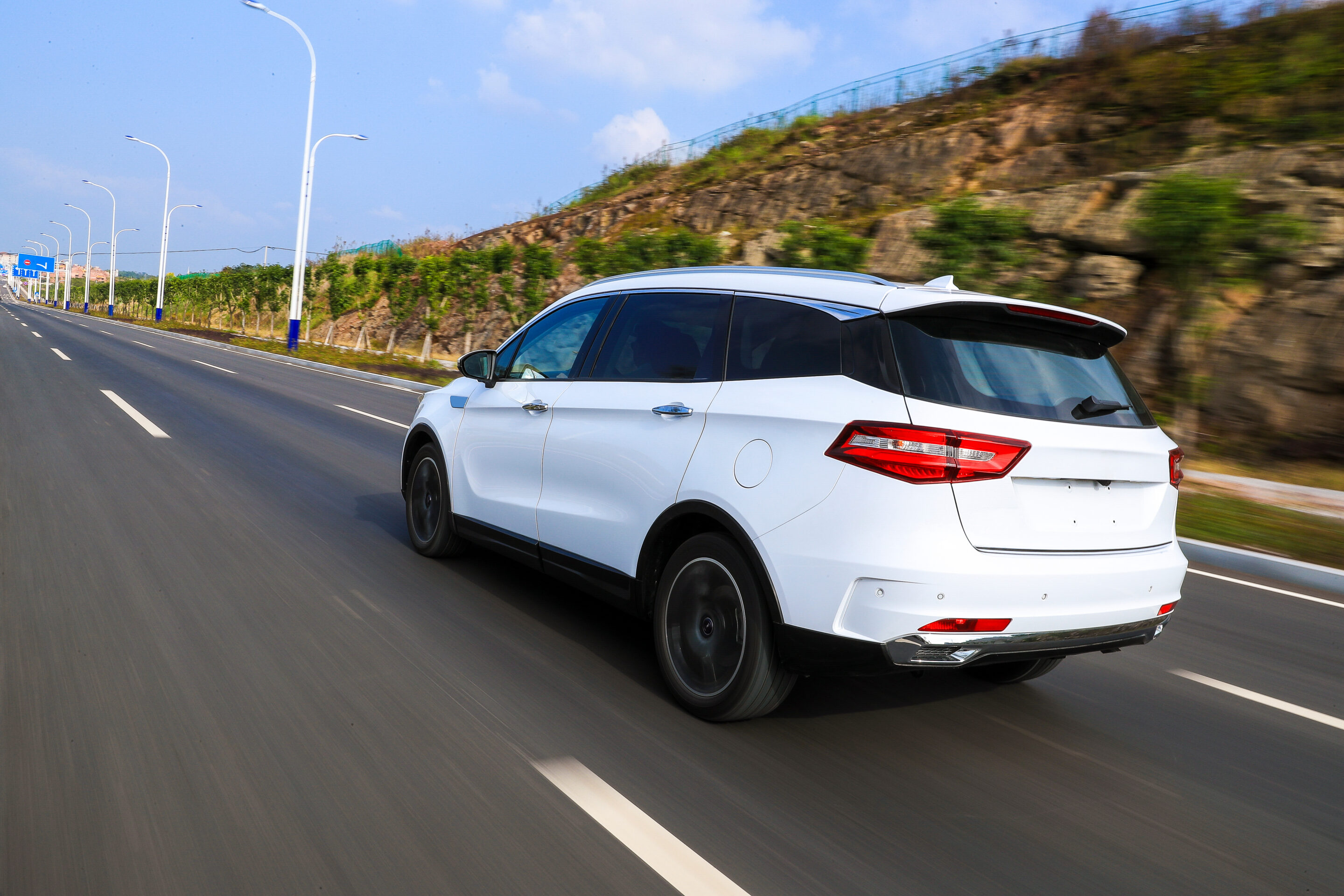Four days.
That is the amount of time that new-vehicle inventory declined, sitting at 74 days when the month of June started according to an analysis of Cox Automotive’s vAuto Live Market View data.
Spurred by Memorial Day Sales, the reduction of the previous model year’s supply by two percent was offset by the arrival of 2025 models, which increased by over three percent. There could be some relief in sight from manufacturers as two of the Detroit Big Three—Ford and General Motors—signaled they plan to adjust.
Three Million in Inventory
The total U.S. supply of available unsold new vehicles opened June at 2.89 million units. Inventory volume has increased by more than 1 million in the past year, 55 percent more than a year ago. Inventory volume at the start of June was up from a revised 2.84 million at the start of May when days’ supply was 78.
The Cox Automotive days’ supply is based on the daily sales rate for the most recent 30-day period that ended June 3. Sales during that period ran nine percent ahead of a year ago. The seasonally adjusted annual rate (SAAR) of sales in May was 15.9 million and keeping the industry generally on track to be the best new-vehicle sales year since 2019 and the average transaction price (ATP) in May for a new vehicle in the U.S. was $48,389, statistically unchanged from the downwardly revised price of $48,368 in April, and lower year-over-year by $442 (0.9 percent), according to estimates by Kelley Blue Book,
Higher incentives helped make new vehicles more affordable in May, accounting for 6.7 percent when discounts and rebates were included—an increase from April and the highest level since May 2021. Incentives in May were approximately $3,200, notably higher than one year ago when discounts were measured at 4.0 percent of ATP.
Inventory by Brand
As for the inside of the numbers, there is little new with the higher end of the inventory range story. Stellantis brands continue to hold some of the highest inventory in the country, nearly two-thirds of auto brands are above the national average. Conversely, Toyota, Honda and Lexus have inventory levels near half the national average.
Buick, one of the most affordable brands on the market at average listing price of $32,689, has a decent supply of MY2023 cars at around 71 days’ supply.
At Ram, Jeep and Dodge, previous model year vehicles heavily weigh down their inventory; Dodge has nearly 48 percent of older inventory. Ram, already seeing their newest models arrive, is still holding onto about 6 percent of older model, and they remain one of the industry outliers with days’ supply well in excess of twice the industry average.








